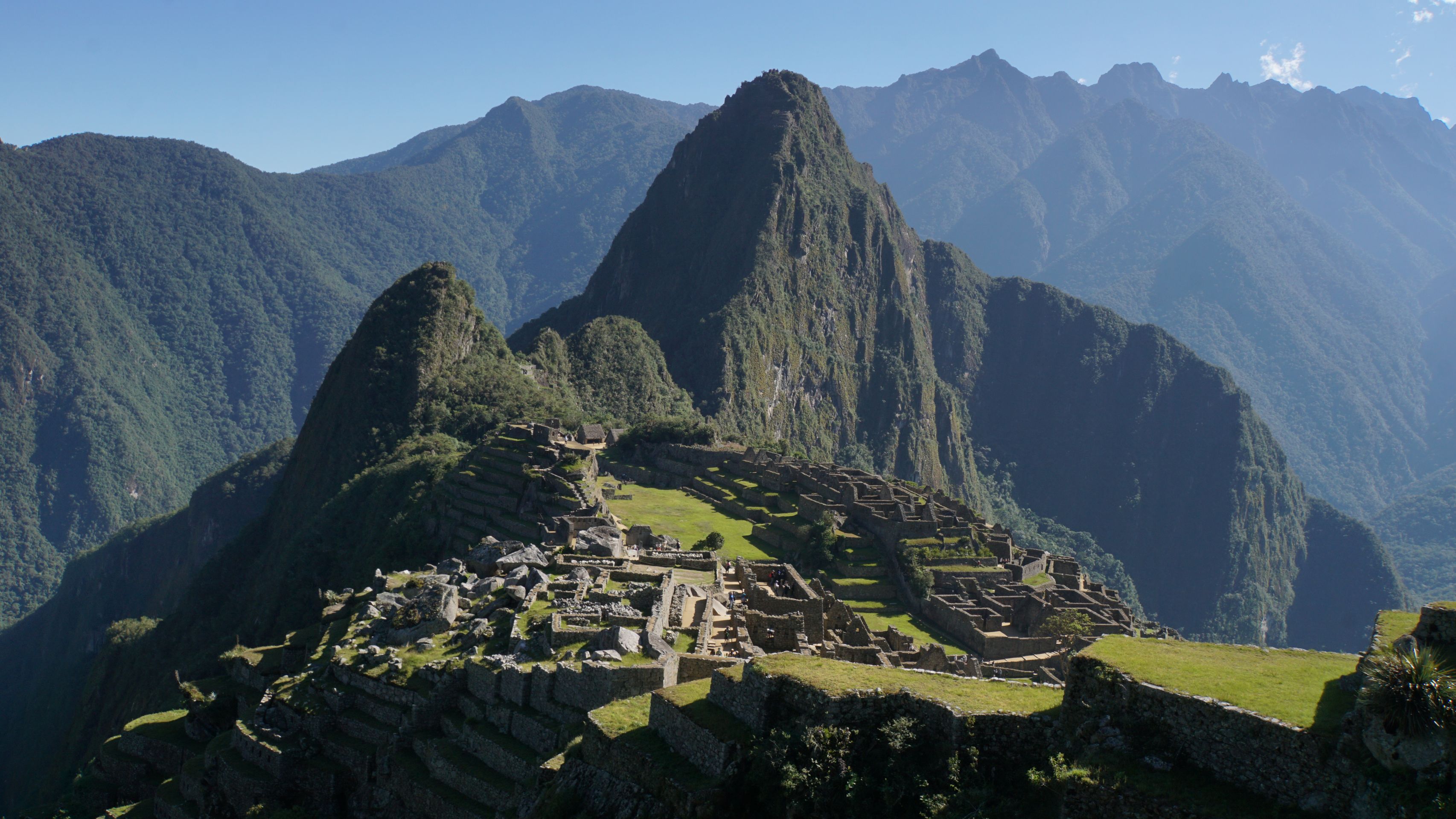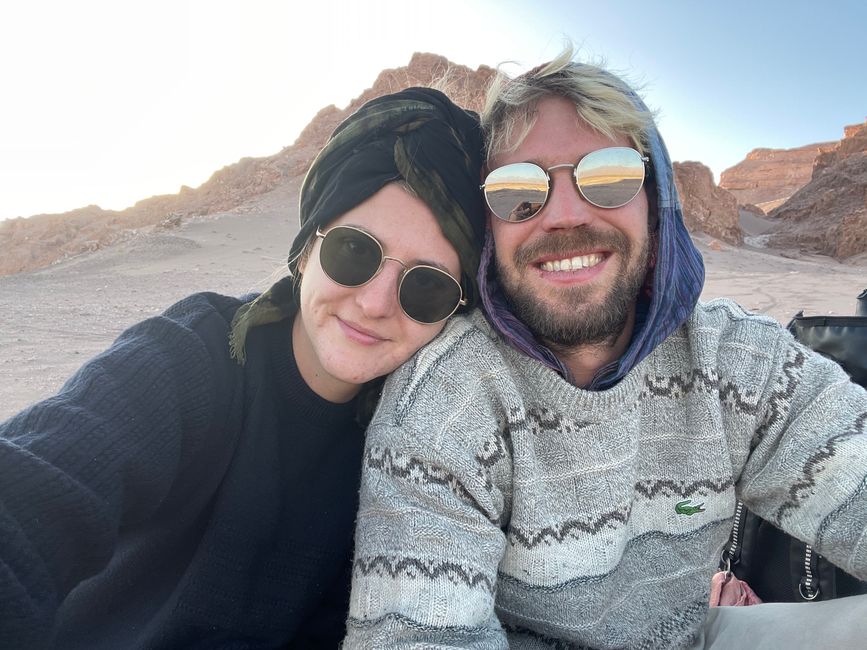
Maria-und-Geralds-Reiseblog
vakantio.de/maria-und-geralds-reiseblog
Uyuni Salt Lake (Bolivia)
வெளியிடப்பட்டது: 08.09.2023
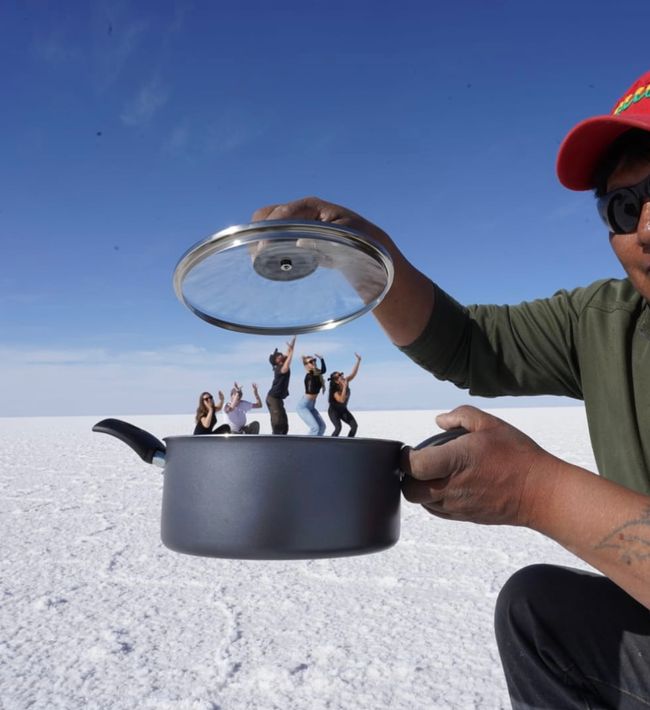
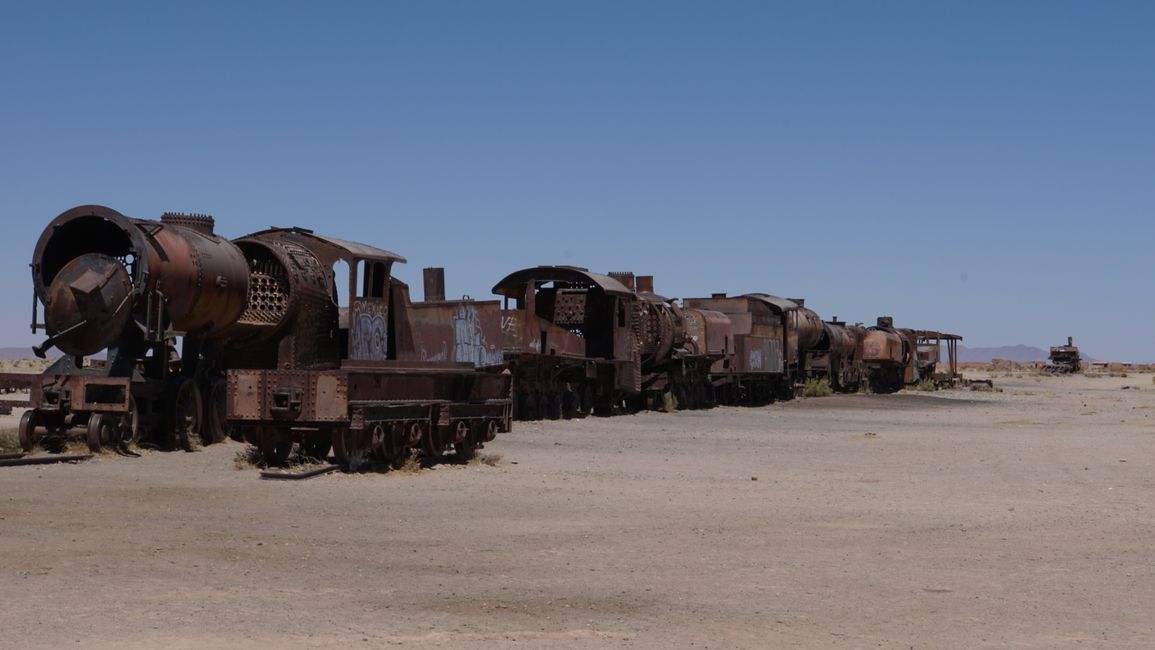
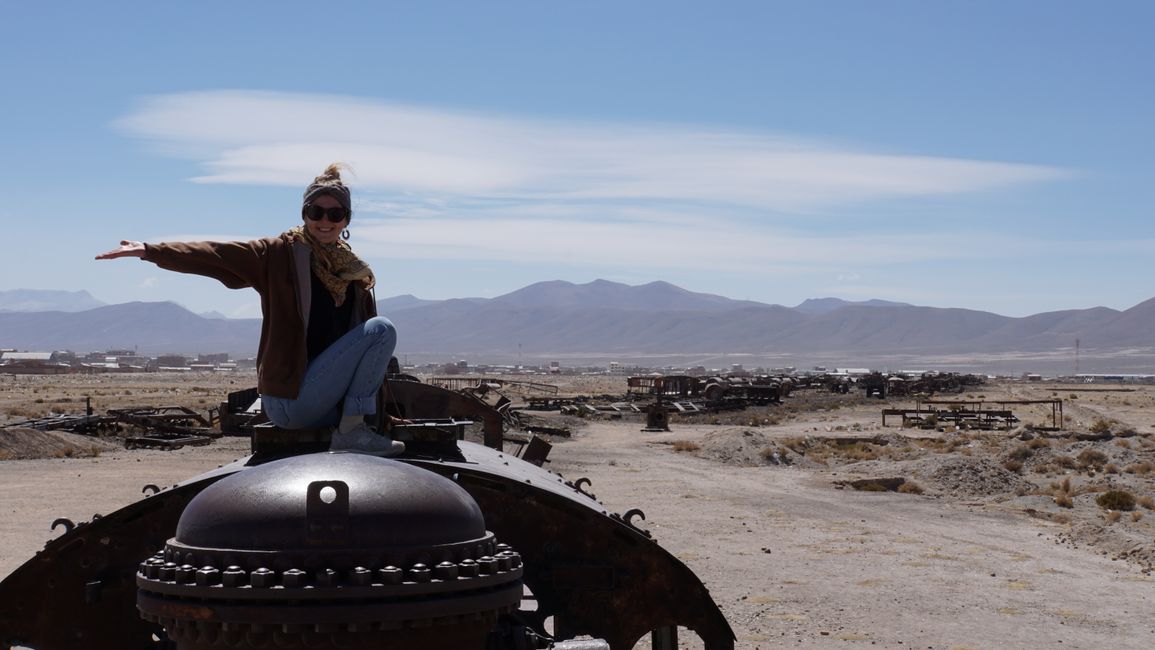
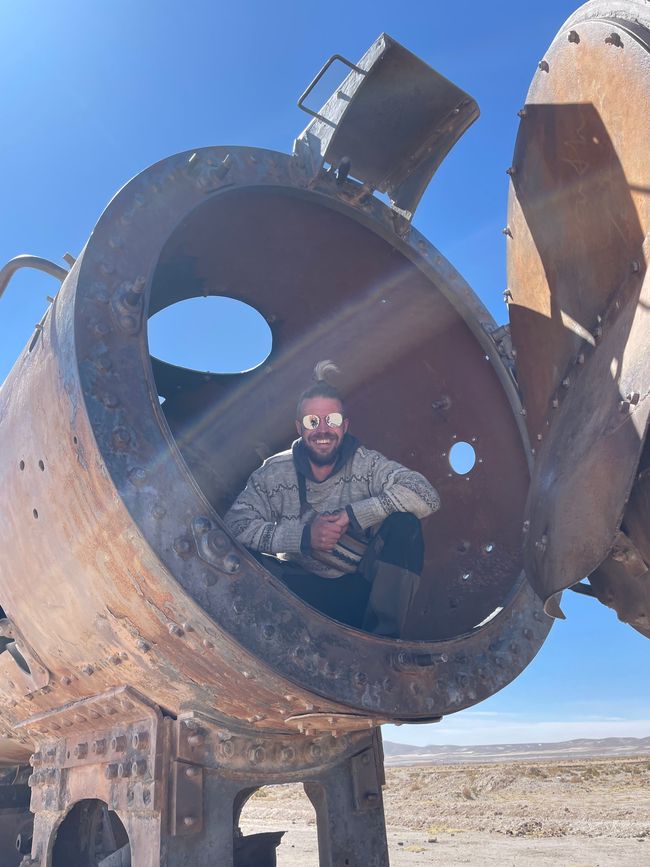
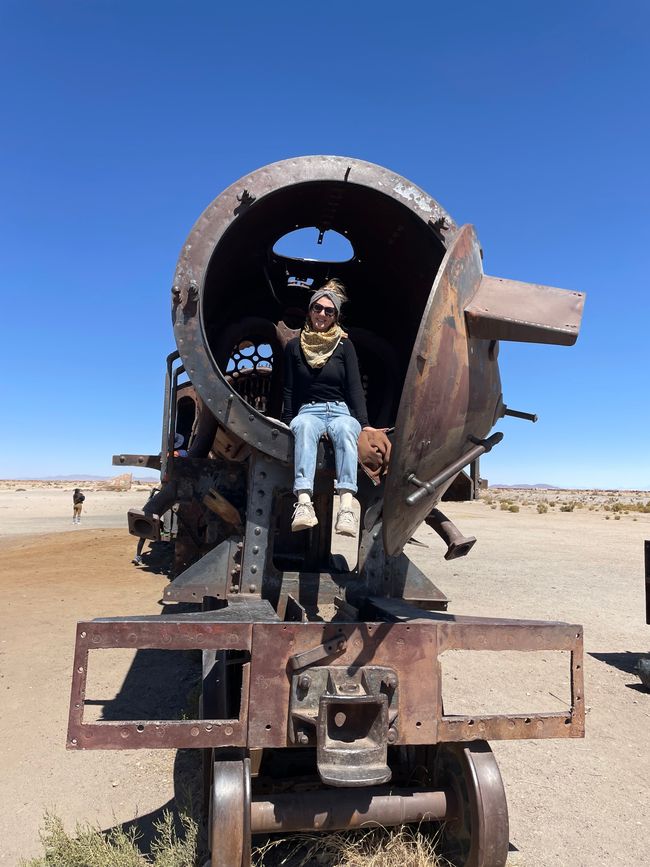
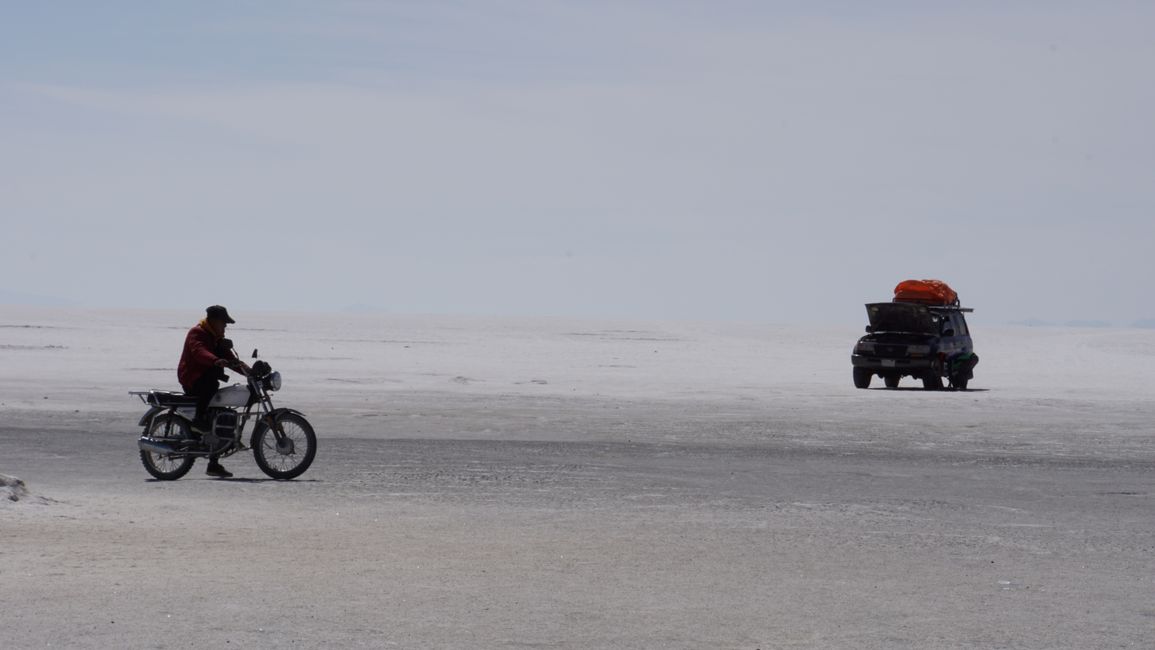
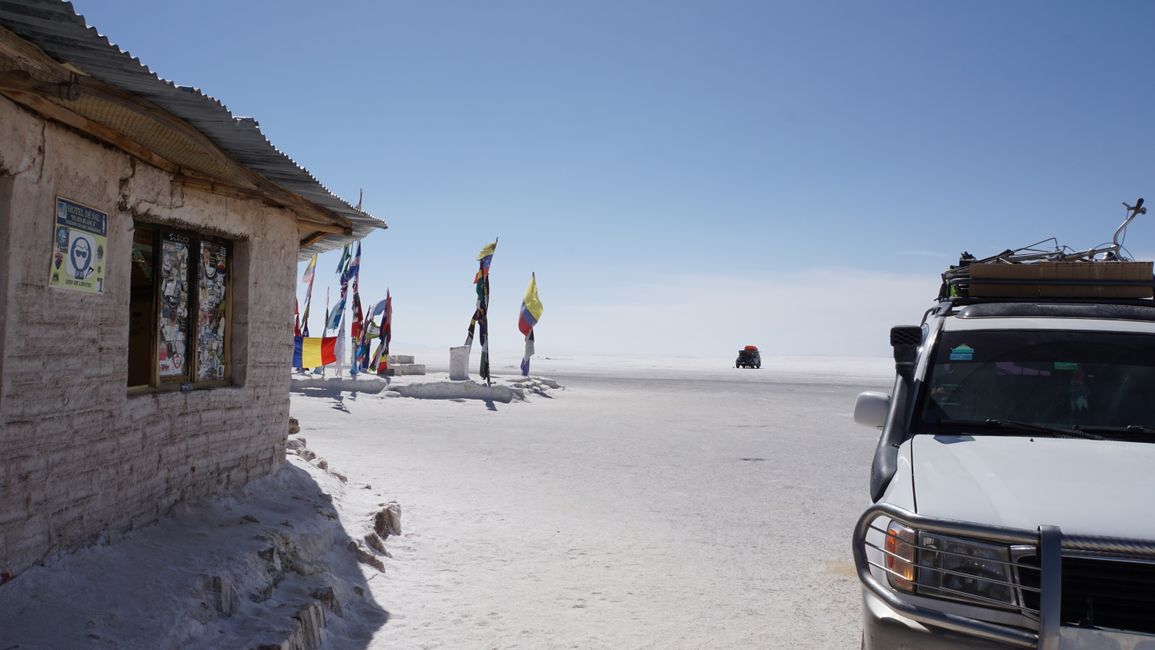
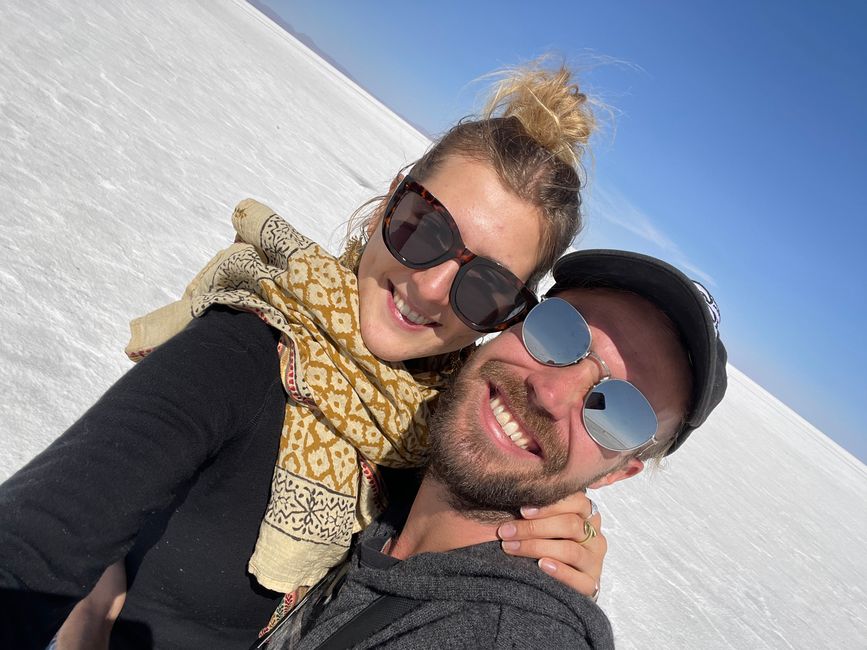
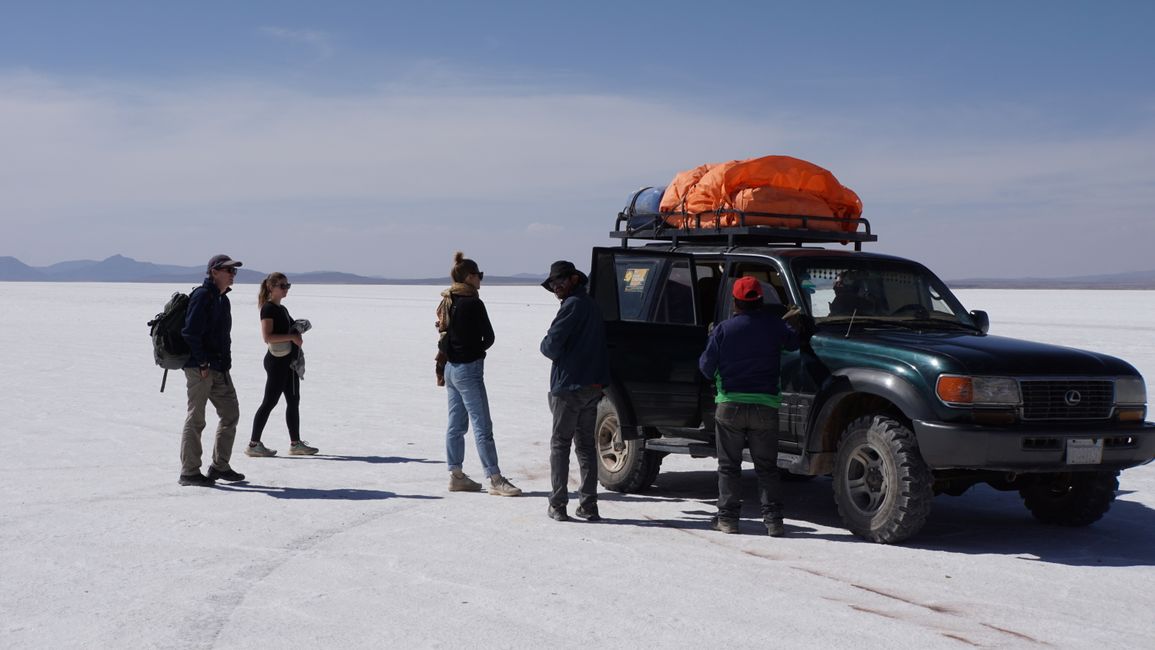

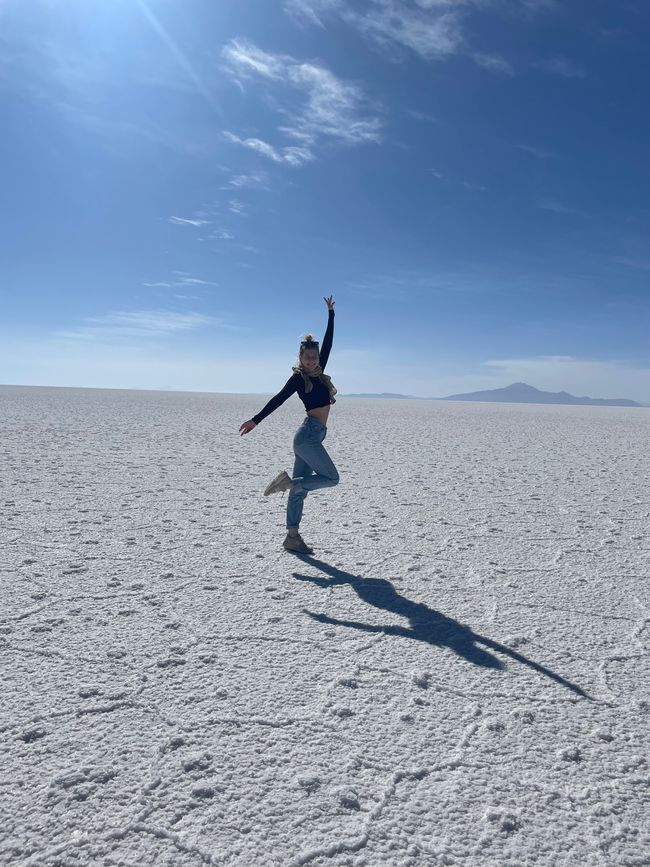
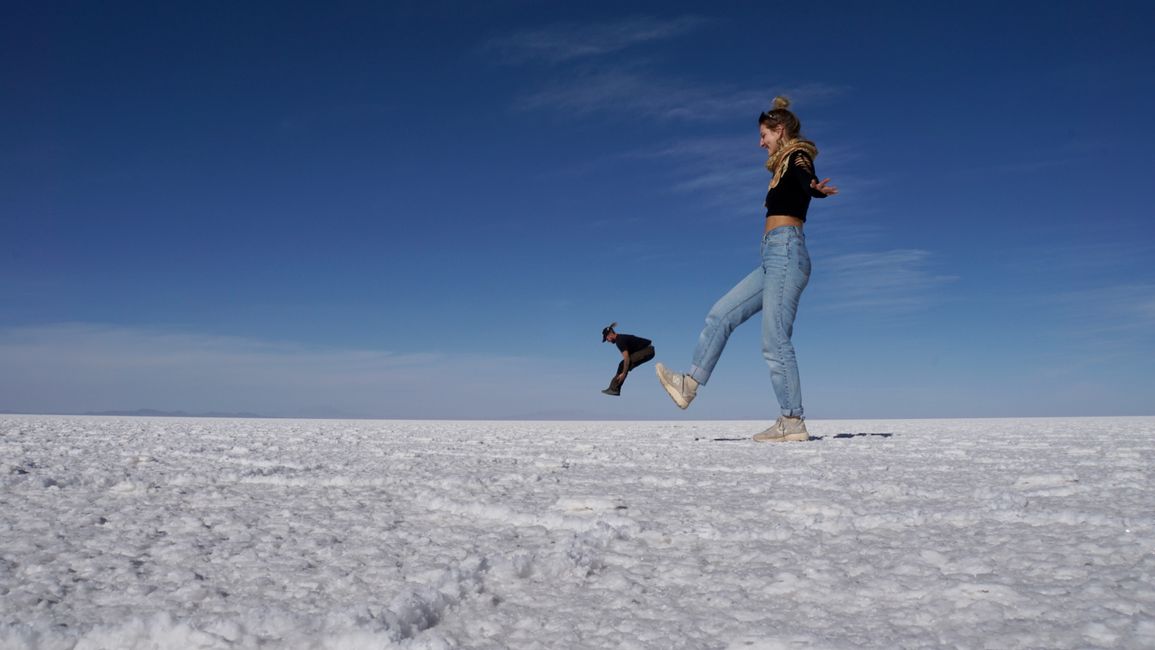
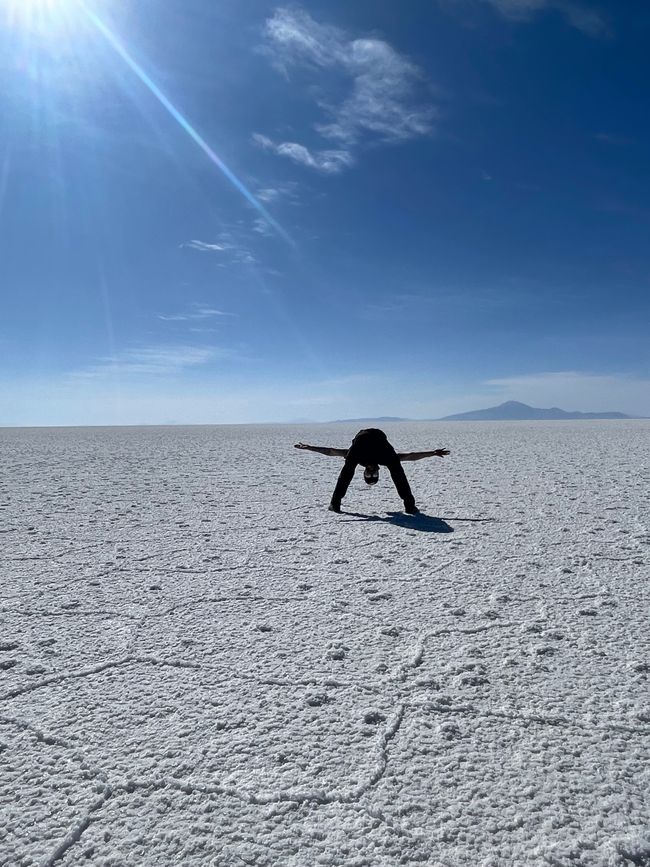
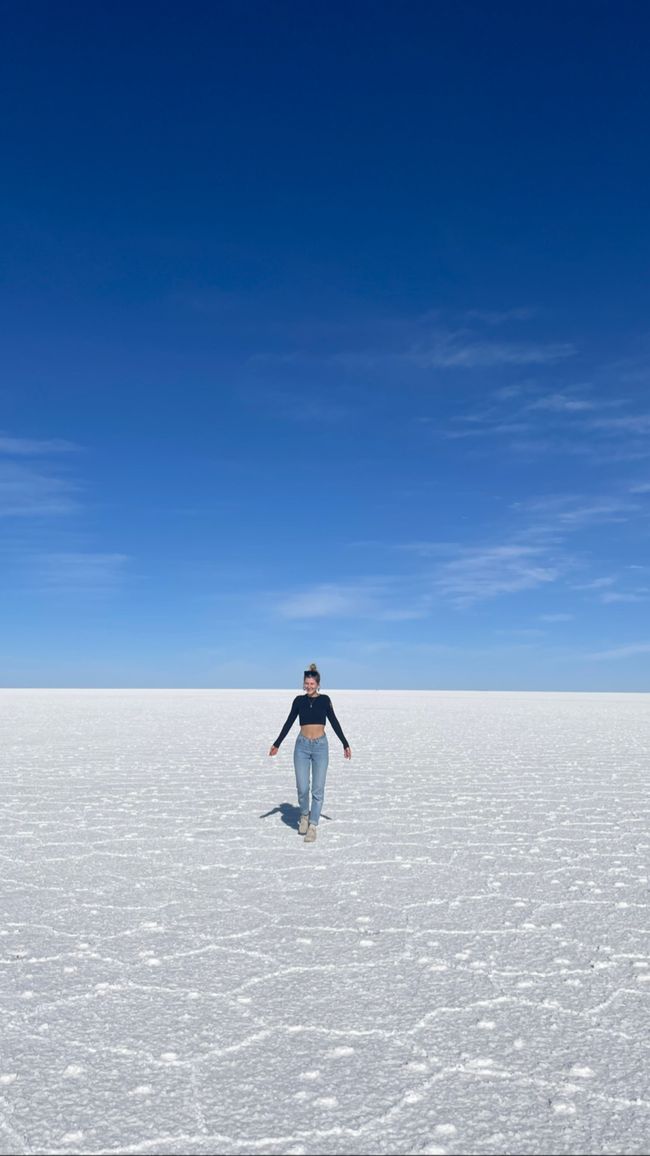
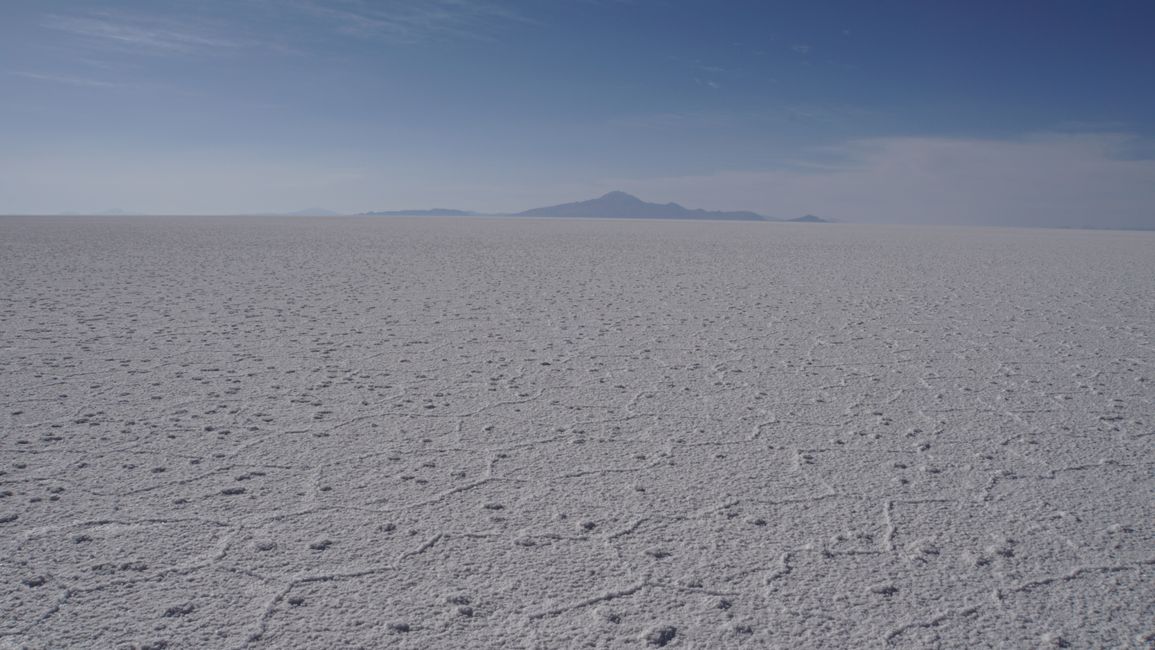
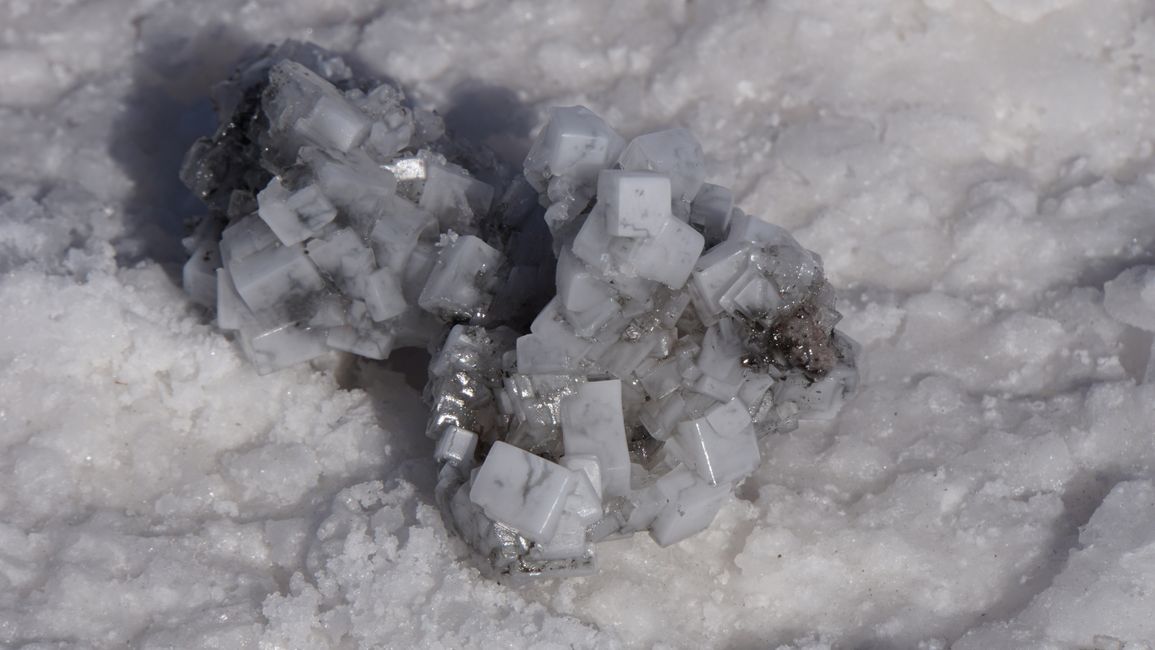
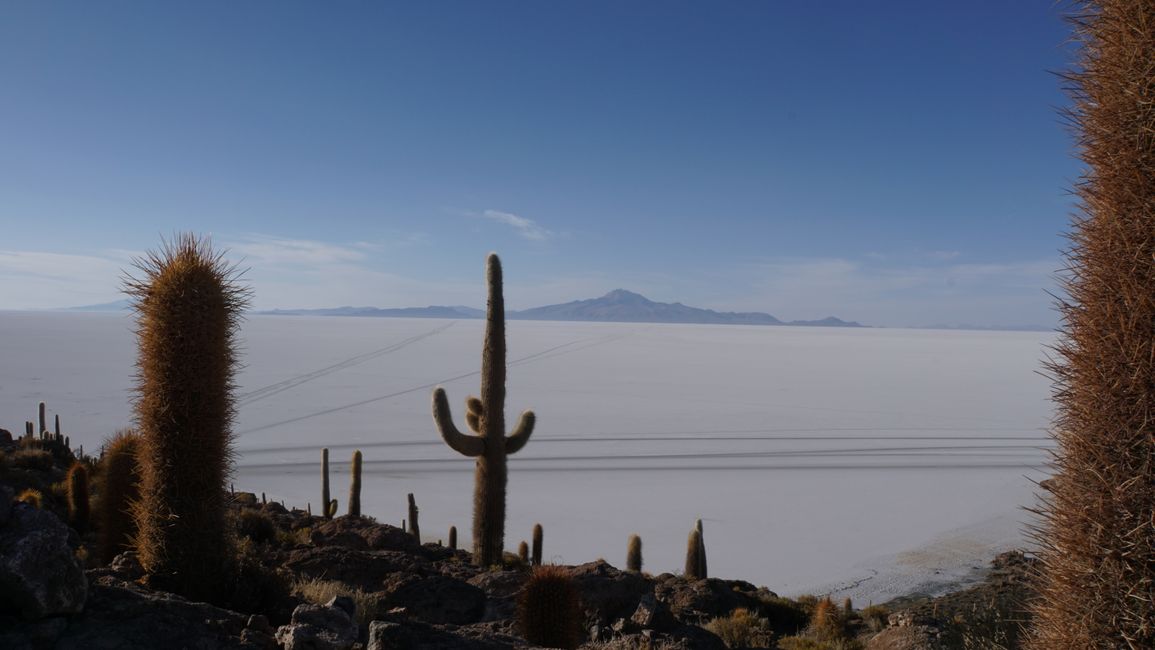
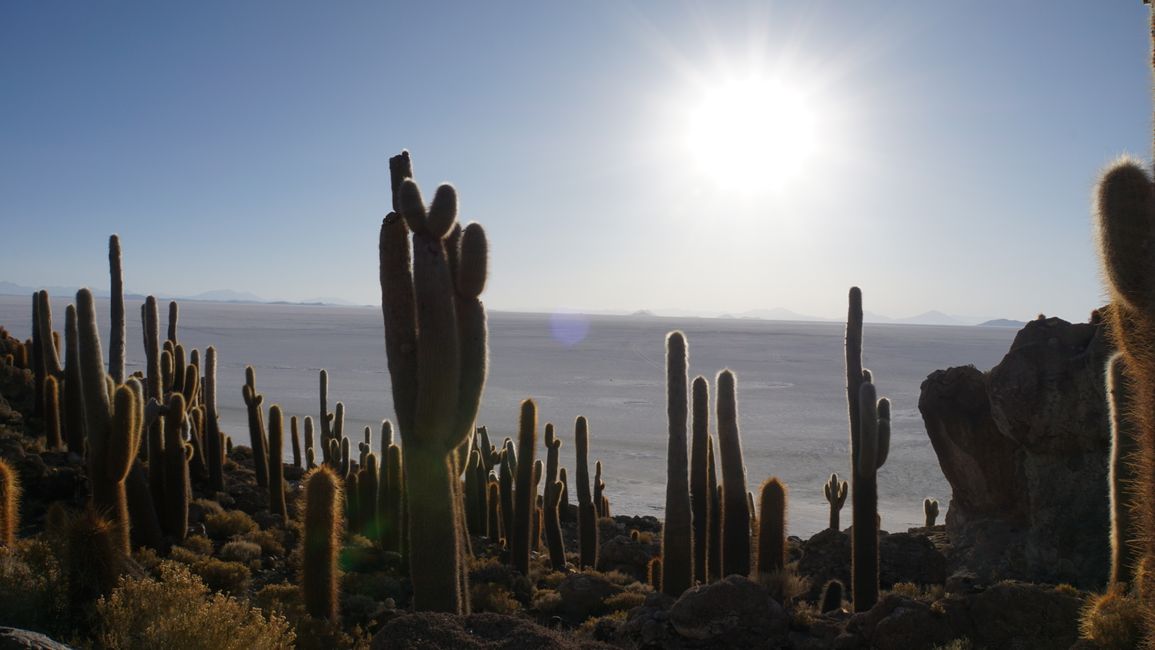
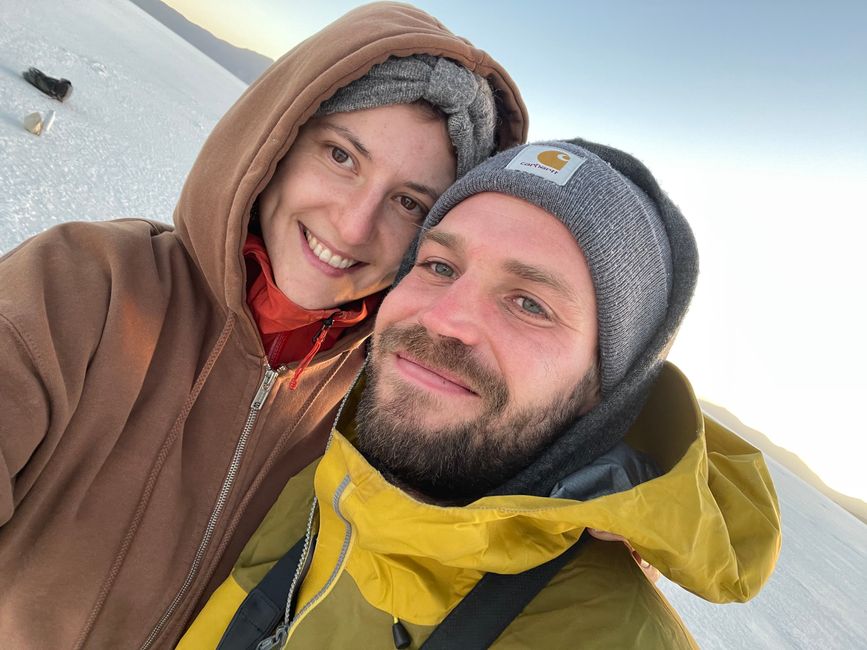
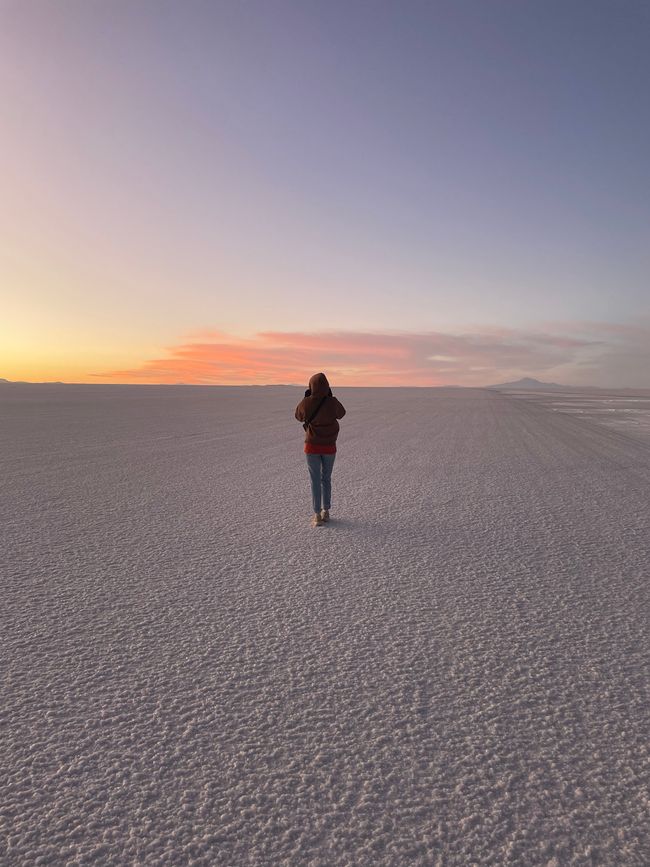
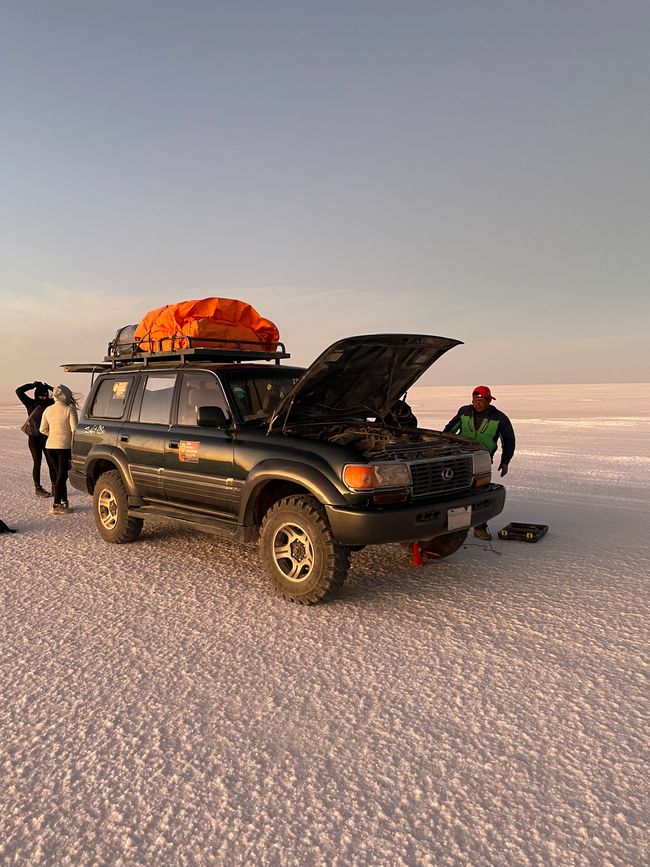
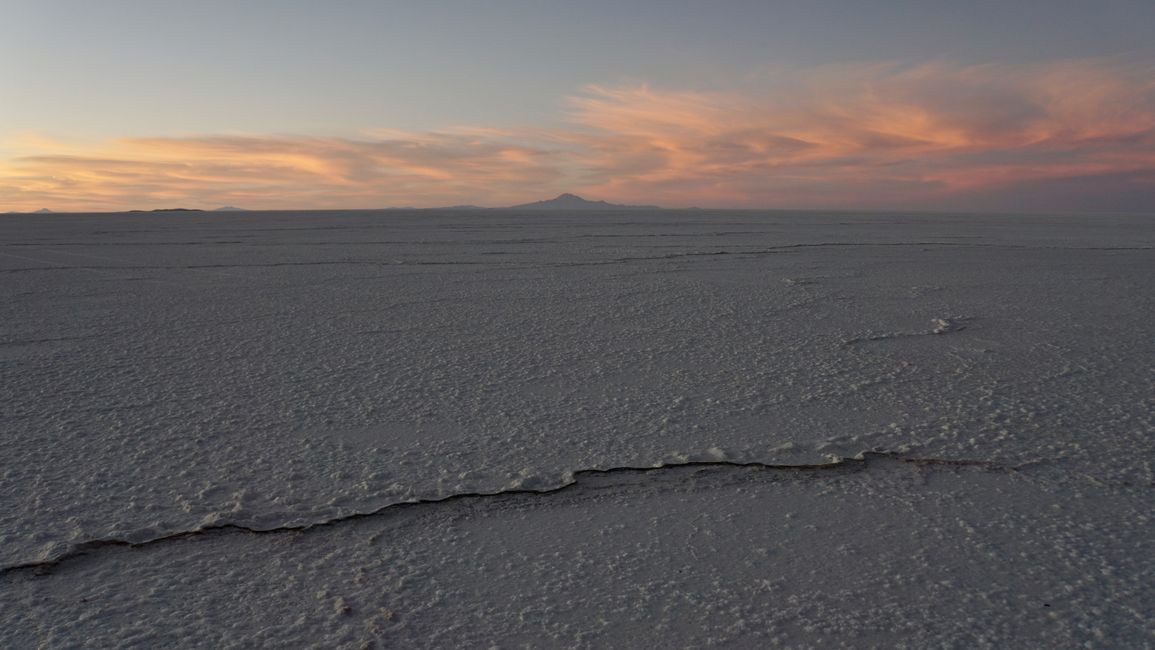
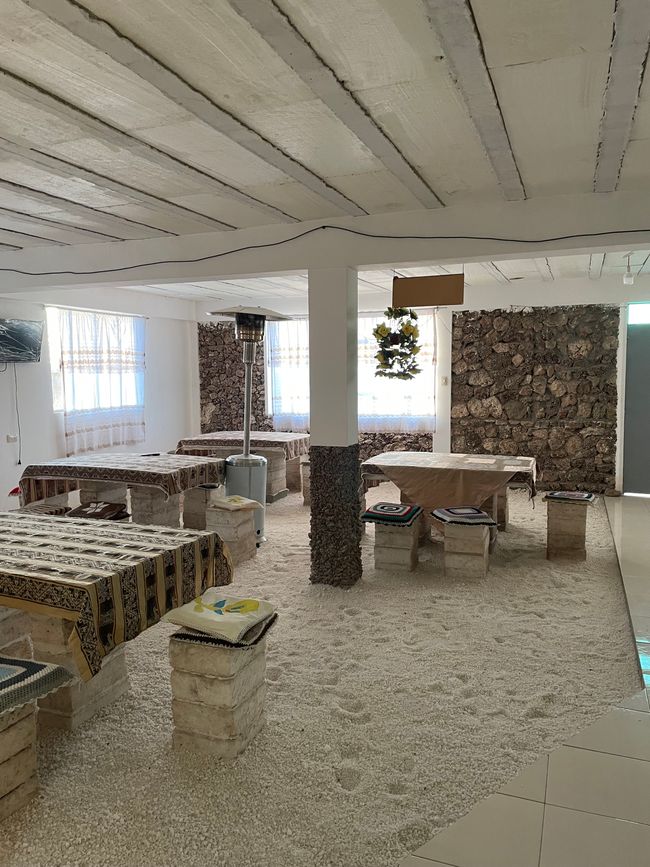
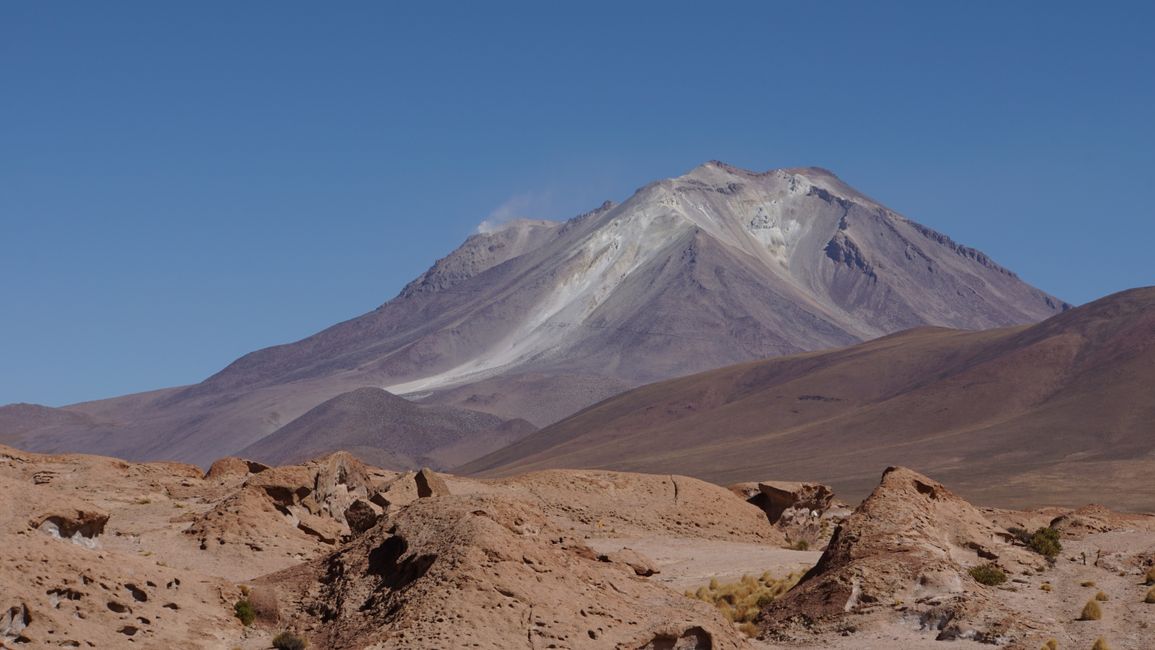
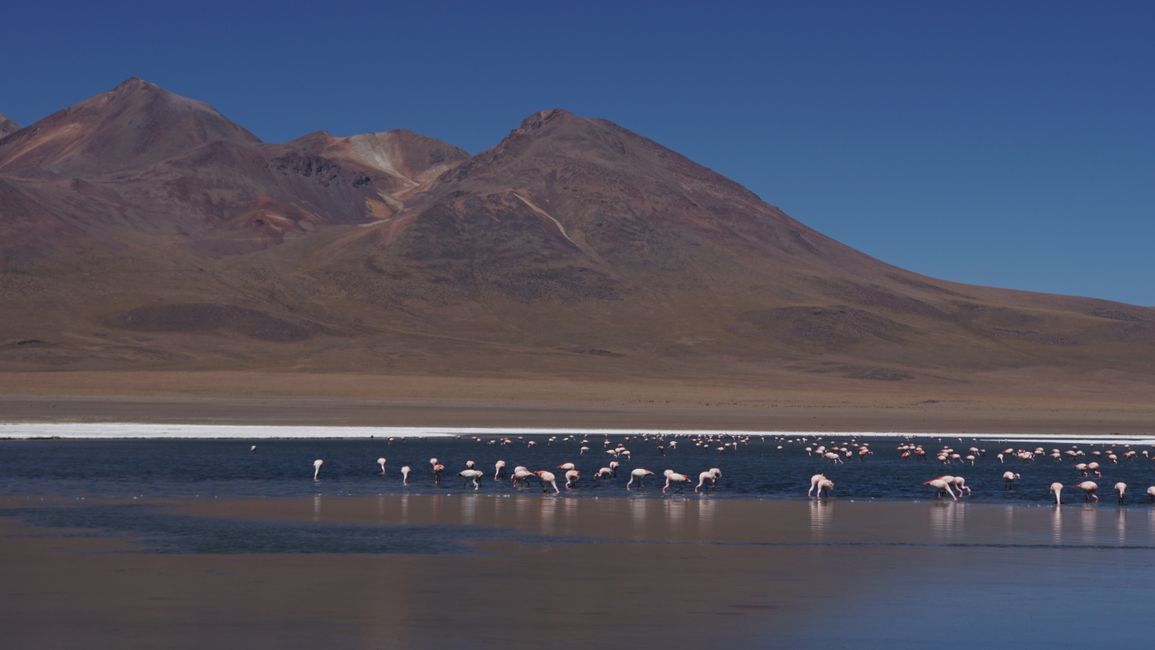
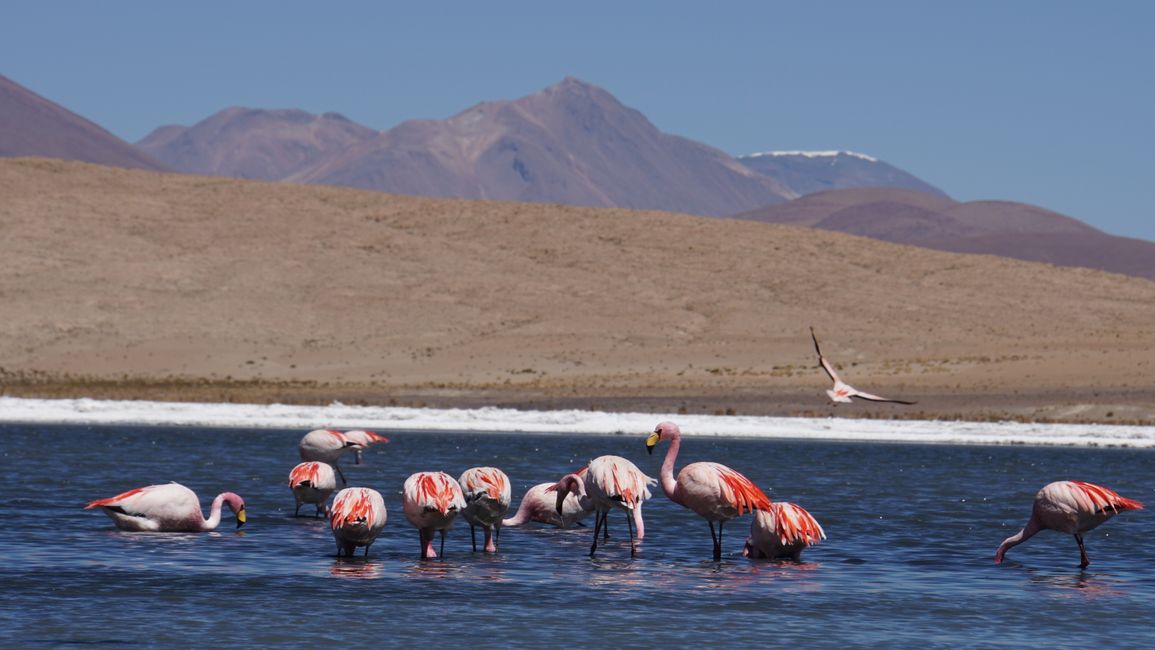
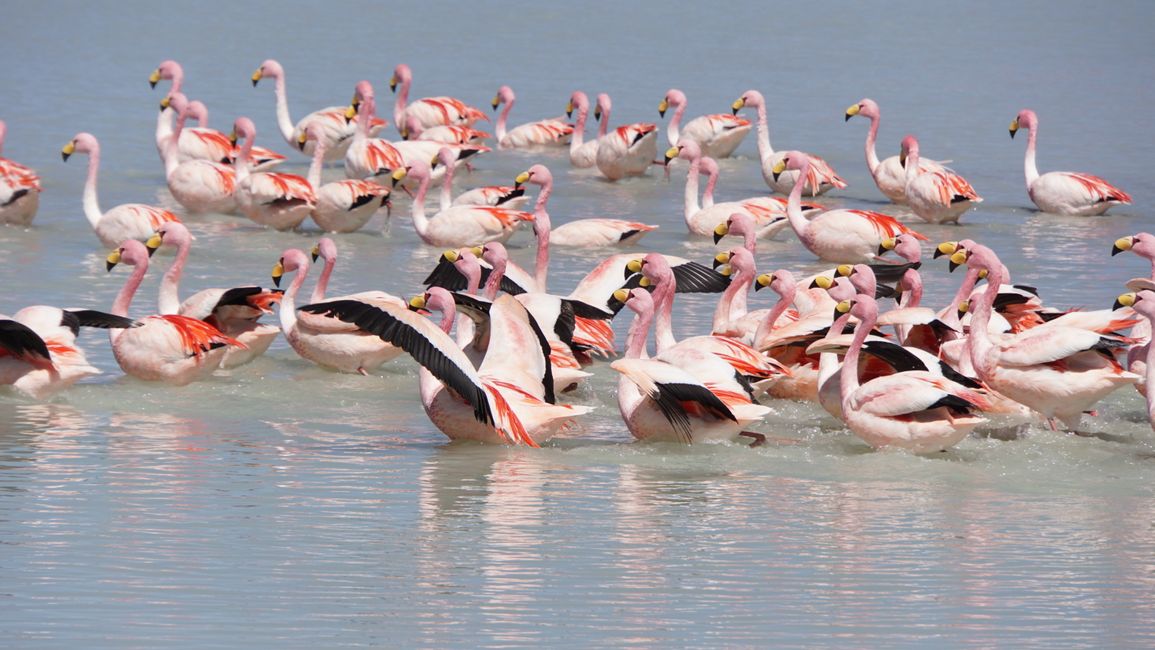
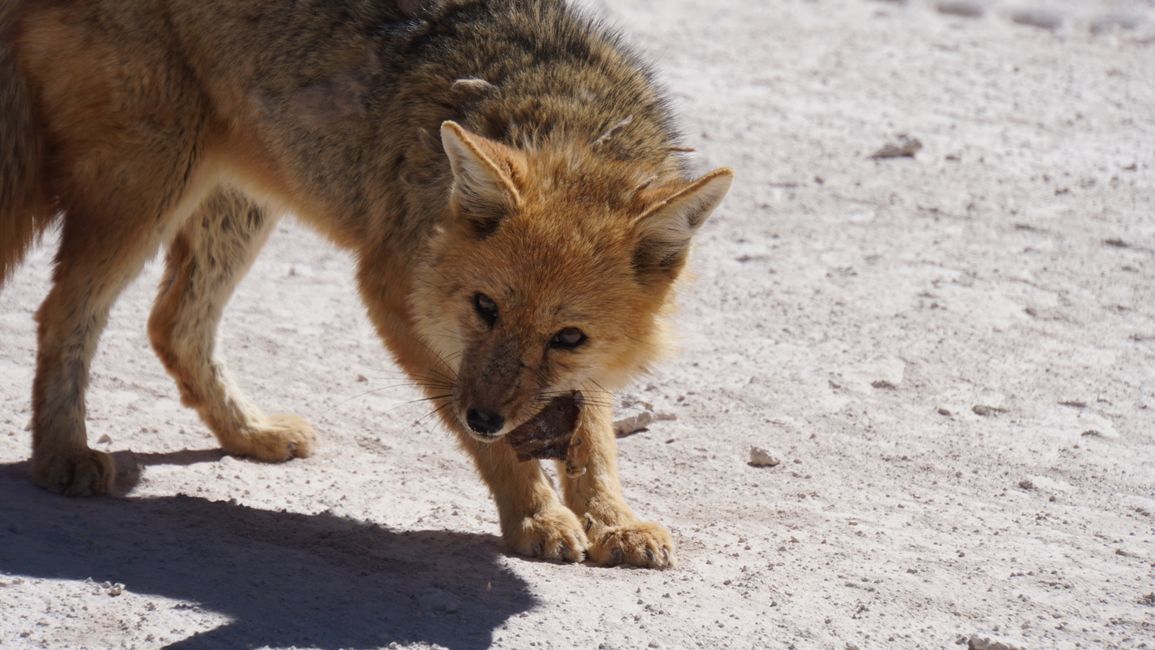
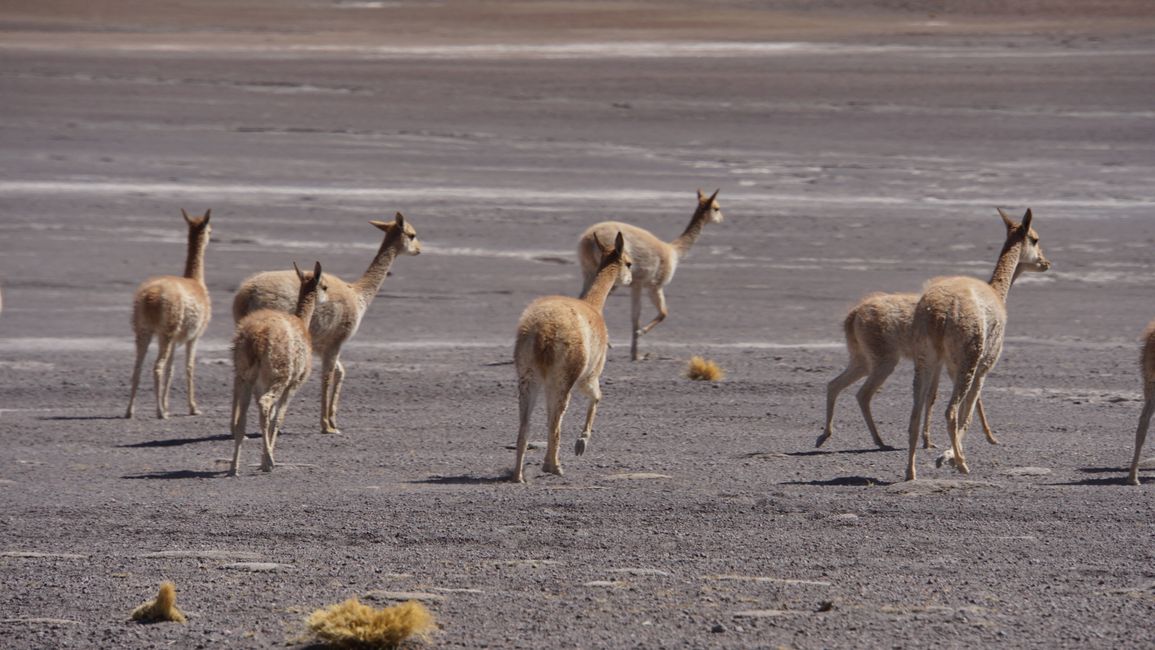
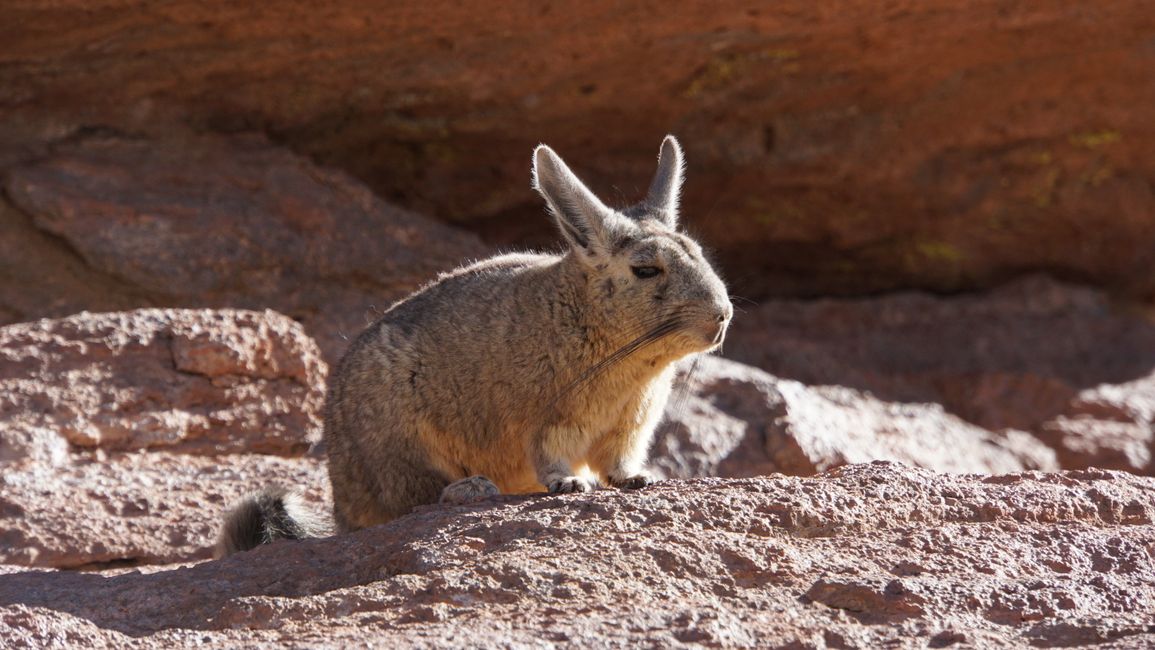
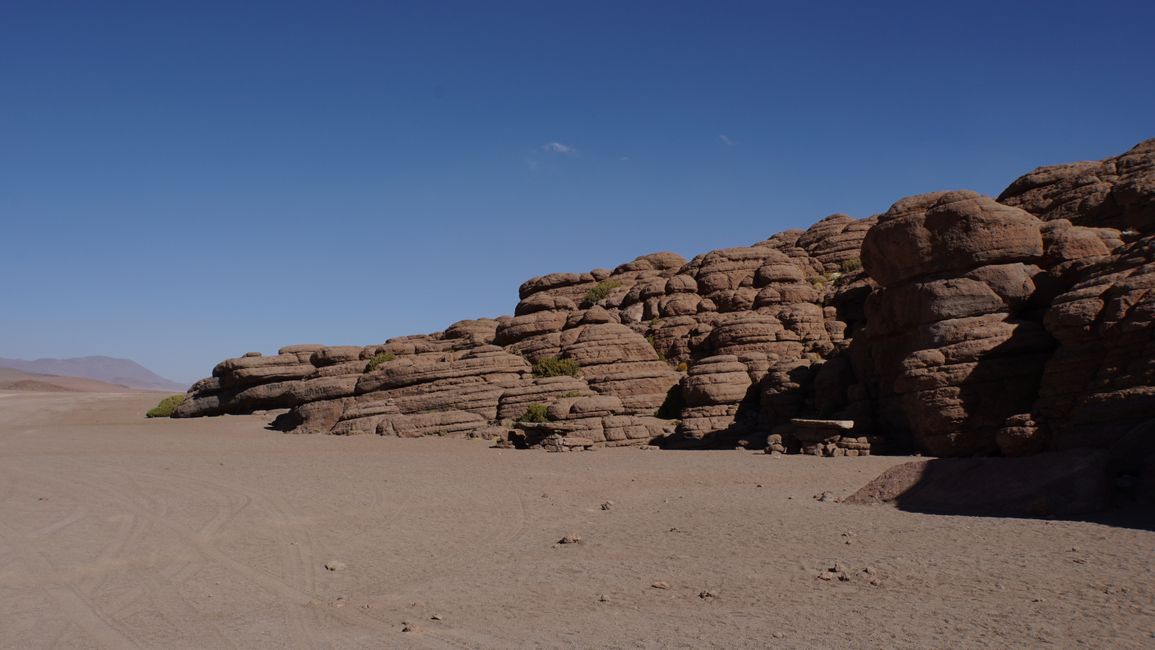
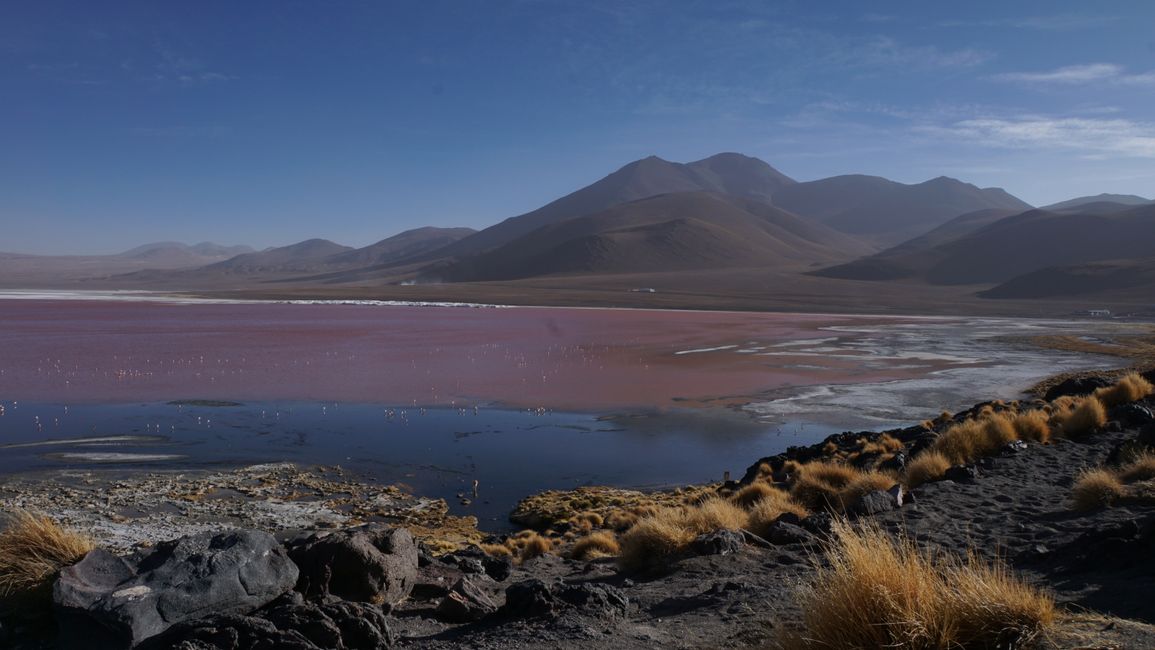
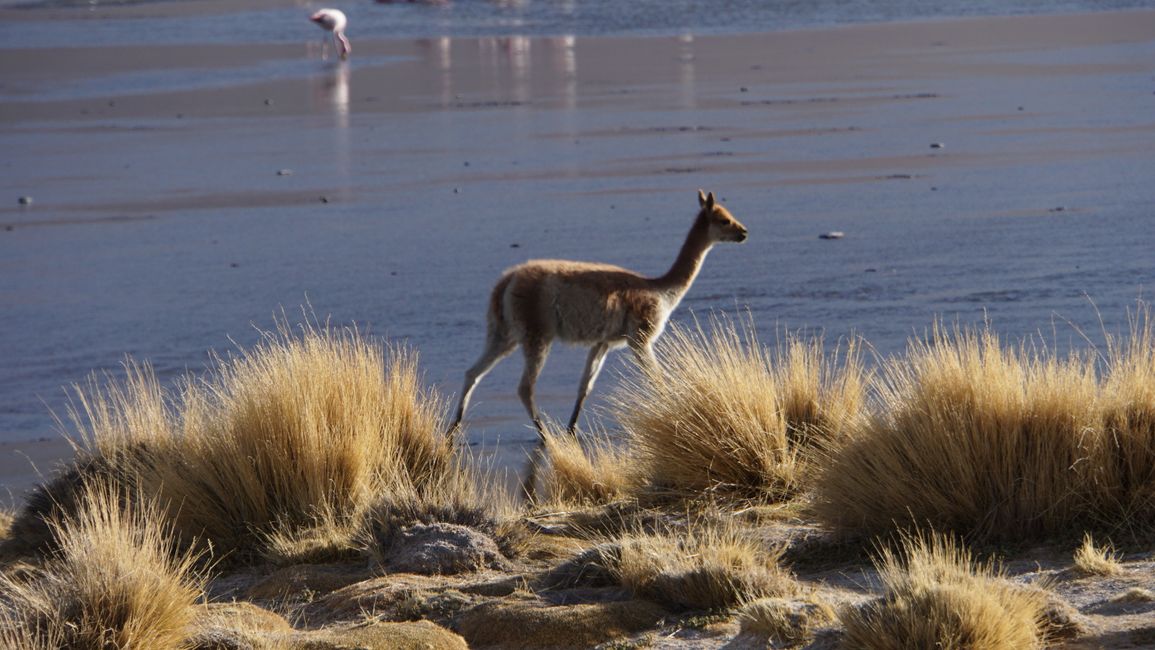
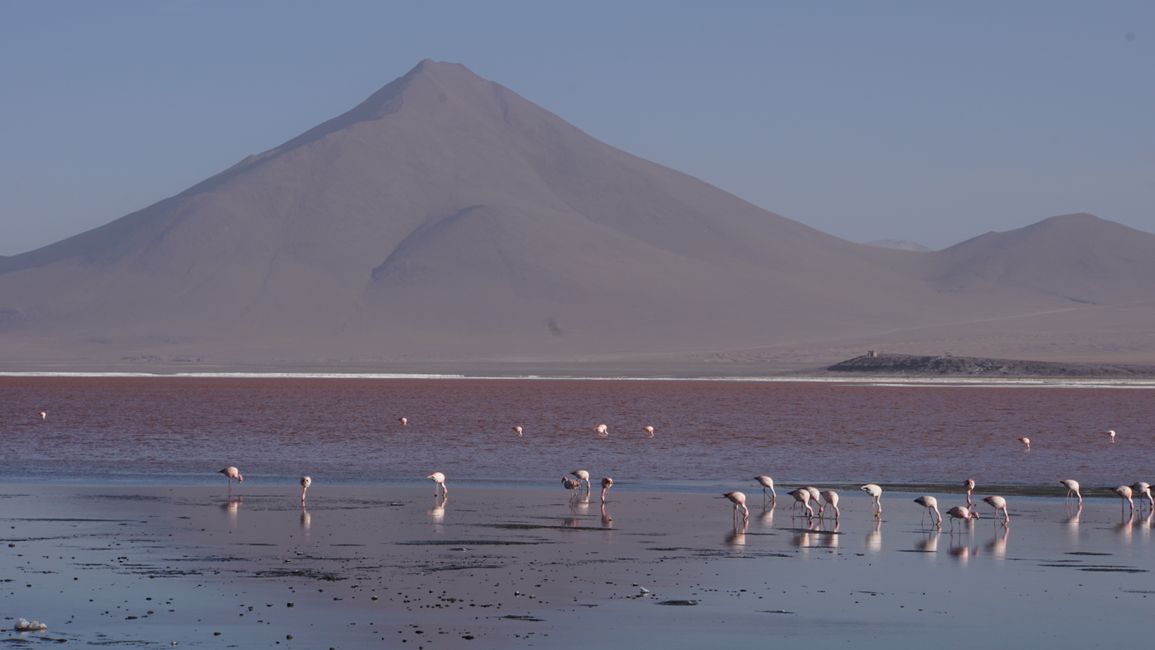
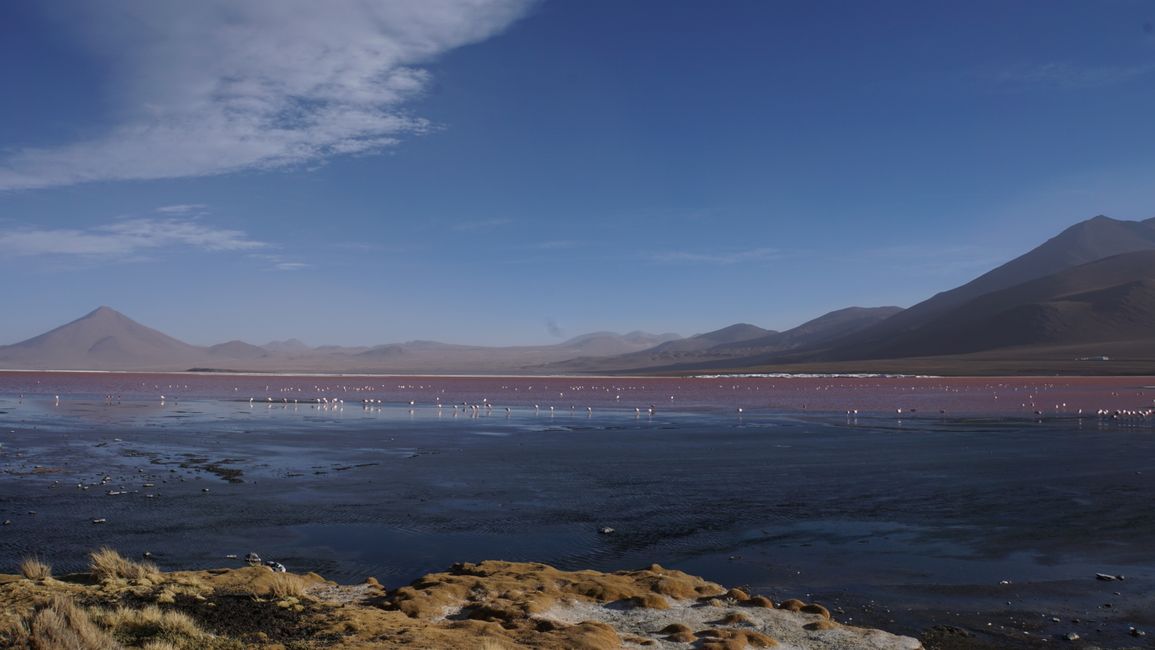
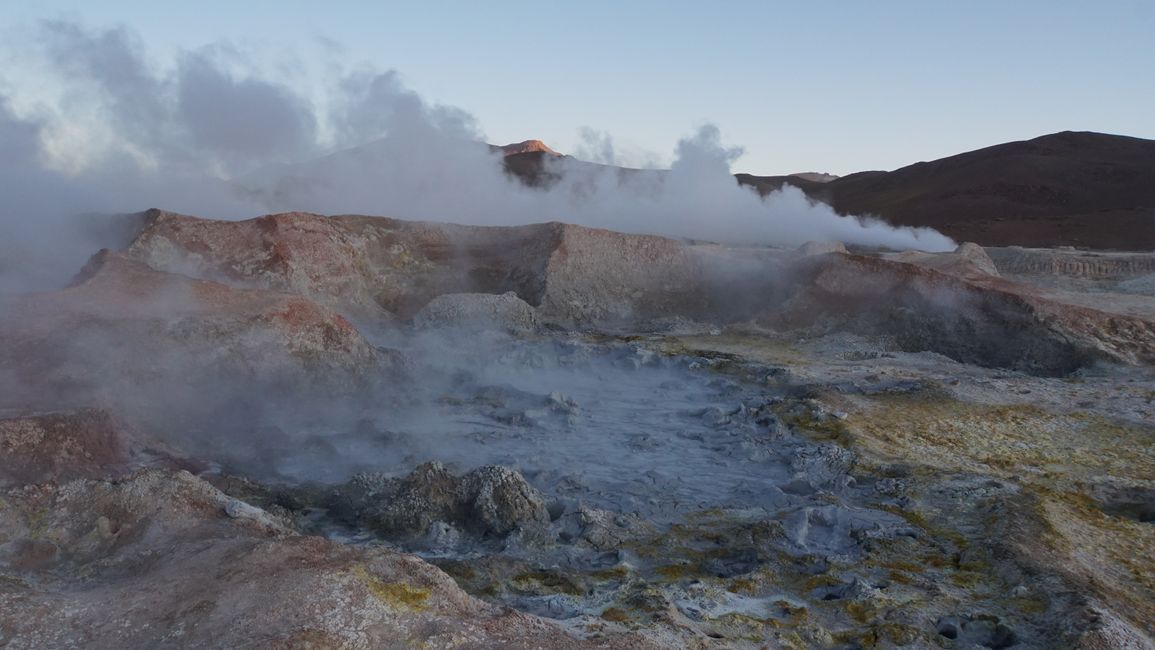
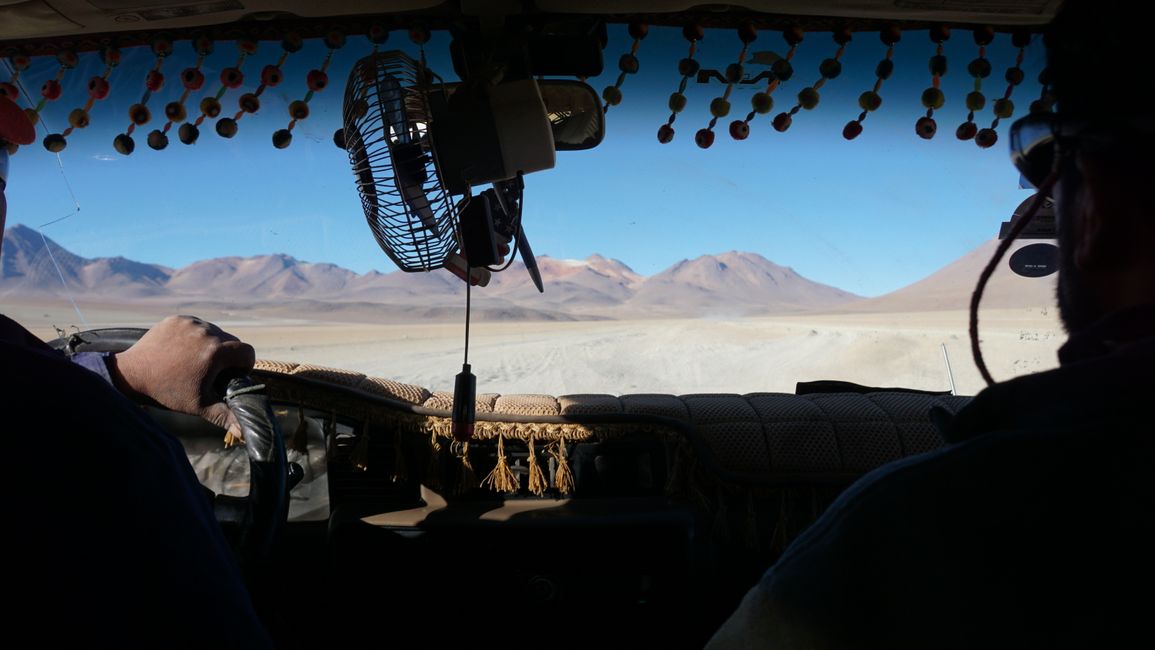
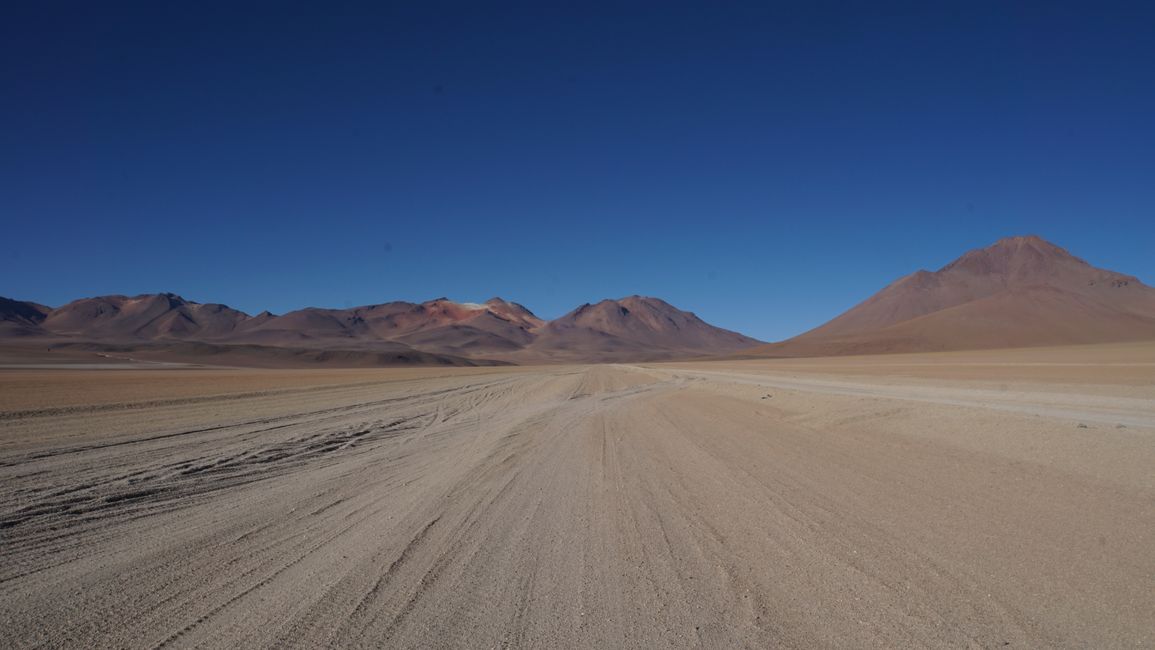
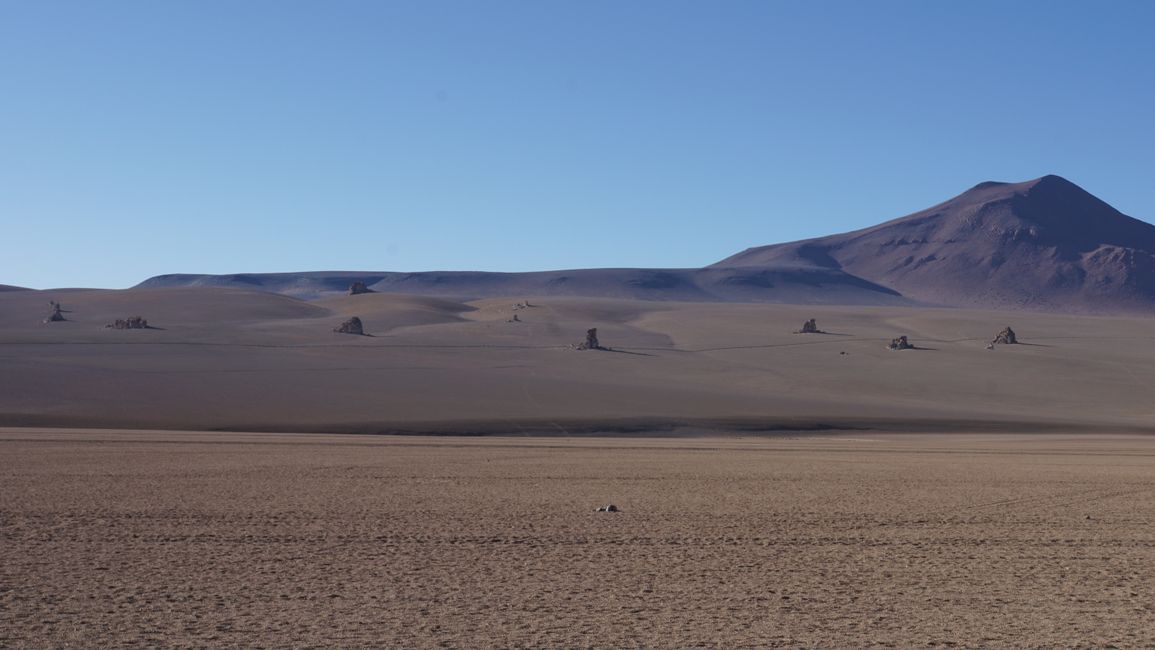
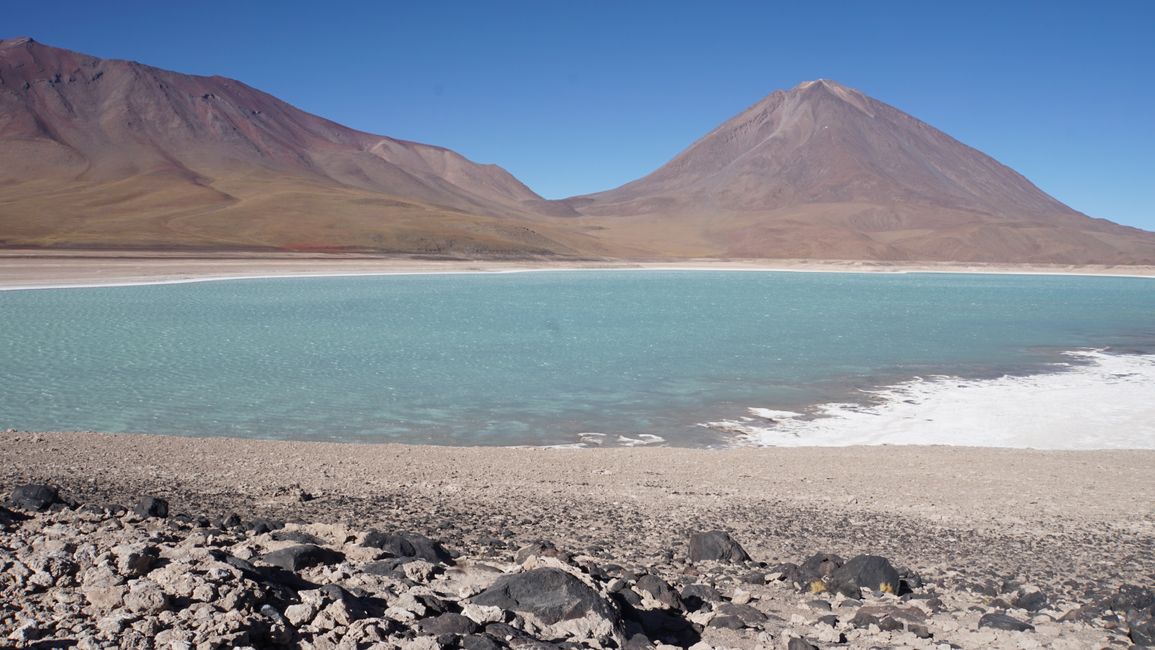
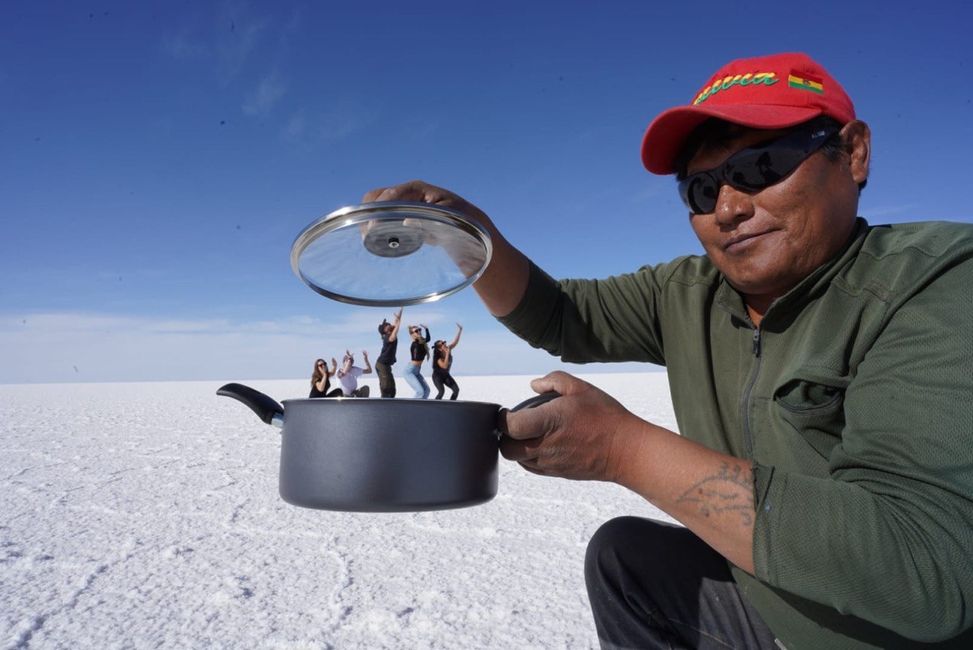
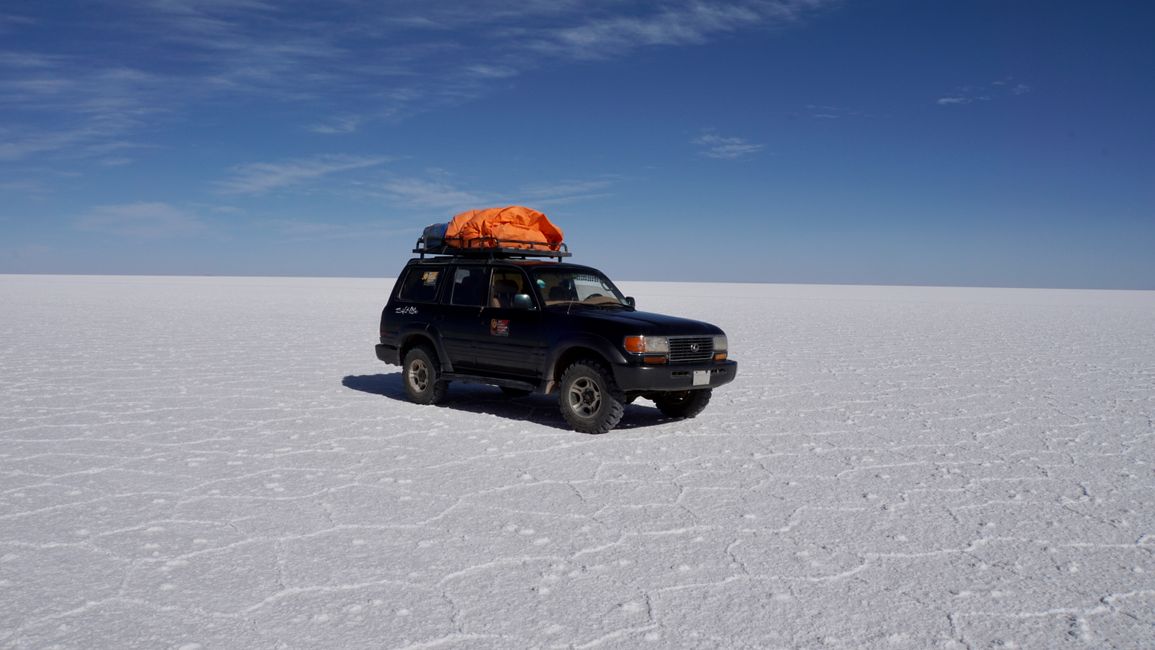
செய்திமடலுக்கு சந்தாதராகவும்
Another big destination on our trip was the Salar de Uyuni, the largest salt desert in the world in the south of Bolivia. Located at around 3,700m, Uyuni is also part of the Altiplano high plateau.
After a 10-hour night bus from La Paz, we reached the city of the same name (Uyuni) on the edge of the salt desert. Our tour also began there. Over the next few days we would travel around 1000km through the Uyuni and the adjoining deserts of the high mountains in a jeep together with our driver Martinez, our guide Peter and three other participants (two English and one German). In the coming days we will drive to the Chilean border, where the large Licancabur volcano stands. On the other side of this volcano is San Pedro de Atacama and that is where our journey began, so to speak, 11 months ago.
After a visit to the railway cemetery behind the city, we set off for the large salt desert. When we got there we felt like we were on another planet, the surroundings looked so surreal. Bright blue sky and a bright white flat surface made of salt crystals stretched to the horizon. We were speechless, we had never been in a place like this before. Our driver took us deep into the salt desert until we were completely alone. We found a small hole in the approximately 25cm thick salt crust and beneath it you could find perfectly formed salt crystals in ice-cold water. Since Uyuni used to be a lake, there were also islands that now represent small elevations in the otherwise flat plain. One of them was called “Isla Incahuasi”, as the name suggests, the Inca also passed here on their march into the Atacama Desert to Chile. An incredible number of huge cacti grew on this island, some of which were up to 12m tall and some were over 1,000 years old. (This type of cactus grows about 1 cm per year) After a wonderful sunset on the salt desert, where we had a small puncture, nothing that disturbed our driver, we spent the night in a salt hotel on the edge of the desert.
The next day we continued south, passed the last village and left civilization behind us. From now on there was only the almost endless expanse of the Andes mountains in front of us. Large plains, sparsely overgrown with yellowish bushes on which the wild vicuña herds fed, alternated with blue lagoons in which thousands of flamingos stood and fed on small crustaceans. These landscapes have always been dominated by the region's large volcanoes (one of which even smoked a bit). So we discovered one beautiful place after another throughout the day. In the late afternoon we reached Laguna Colorado (the red lagoon), which is the nesting place for three species of flamingos and is particularly protected. As the sun slowly set, we visited a geyser field in a volcanic crater at 5,400m. Shortly afterwards we reached our accommodation, which was close to the hot springs. There we were able to end the day in the hot water and admire the crystal clear starry sky.
On the last day in the morning we came to Laguna Verde at the foot of the Licancabur volcano and thus also to the Chilean border. Here we would turn around again and drive the entire way (approx. 500km) back to the city of Uyuni. On the way back we had another car breakdown (this time a problem with the axle), luckily our driver was an excellent mechanic and he brought us safely back to civilization.
செய்திமடலுக்கு சந்தாதராகவும்
பதில்

பயண அறிக்கைகள் பொலிவியா
